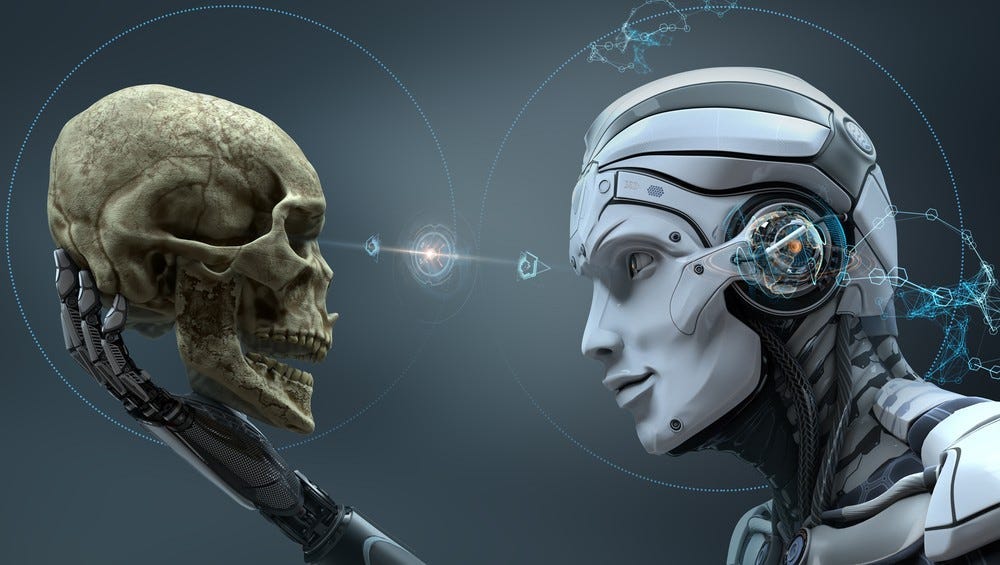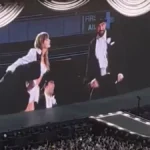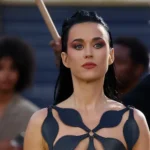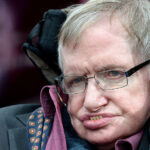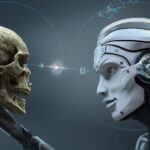Once Elon Musk have said that AI is dangerous for humans, whether AI is most helpful and easy to give prompt and get output in just a seconds, on the other hand AI is most dangerous because it can do anything. Read the full article to know.
Robert Rodríguez, who is an American filmmaker and composer had said, “When you take technology and mix it with creativity, you always come up with something innovative.
” But could deepfake — powered by machine learning and Artificial Intelligence — as art be an exception? Such deepfakes of celebrities are going viral.
The euphoria related to the capacious potential of AI is being tempered by ethical trouble. An epistemological shift looked to be lurking in the world of art, culture and communication.
As the new lexicon in the fields of digital art, art and culture, deepfake provides ample chances for audience engagement. AI-generated synthetic media is catching on in entertainment, film making, and other terms of artistic expression in unprecedented ways.
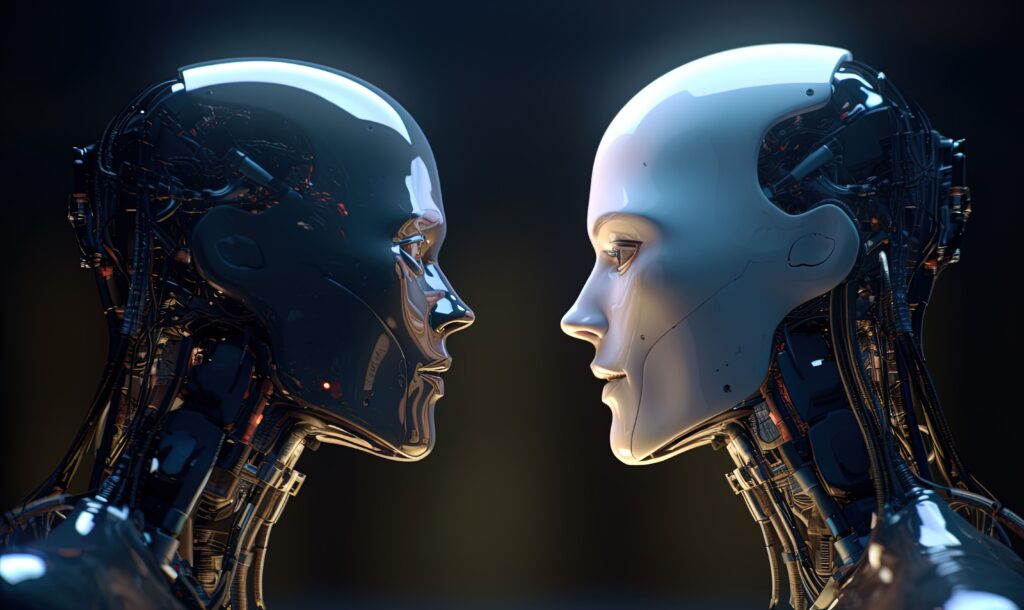
But, the art made by AI can also be terrifying. The exploitation of deep learning by the new technology is leading to the generation of noxious art forms.
The time of ancient cave paintings of Lascaux to the Renaissance masterpieces of the Uffizi, art has constantly mirrored social developments and technological improvements.
From the creativity of oil painting to the emergence of photography, the mixup of technology with creativity has given ways to groundbreaking artistic movements. Similarly, the intersection of AI and art that is at a transformative moment is offering unprecedented possibilities of creative expression.
Numerous deepfakes are quite entertaining; some are even helpful. Deepfake videos can bring galleries and museums to life.
The Dalí Museum in Florida houses a deepfake of the surrealist painter to showcase his art to visitors. In the entertainment industry, this technology can be used to improve the dubbing quality of foreign movies or, more controversially, resurrect deceased actors.

Yet another attribute is AI’s potential to democratise the art space. An inclusive art landscape can be created with the support of AI in which anyone with a vision can have the means to be creative.
Little wonder then that video artists are using deep fakes to happily rewrite cinema history by reinterpreting a canonical movie.
But the rise of synthetic media is changing our connection to creative works. In an era dominated by digital advancements, deepfake technology has unveiled a new frontier fraught with ethical, social, and political implications.
Deepfakes and hyper-realistic manipulated videos or audio recordings created by AI algorithms have the potential to alter the world as we know it.
This rapidly evolving technology, while harbouring the vow of innovation, also raises profound problems related to the erosion of truth, privacy, and trust.
Deepfakes have the power to deceive, manipulate, and sow discord. Politicians, celebrities, and ordinary citizens can fall suspect to malicious intent.
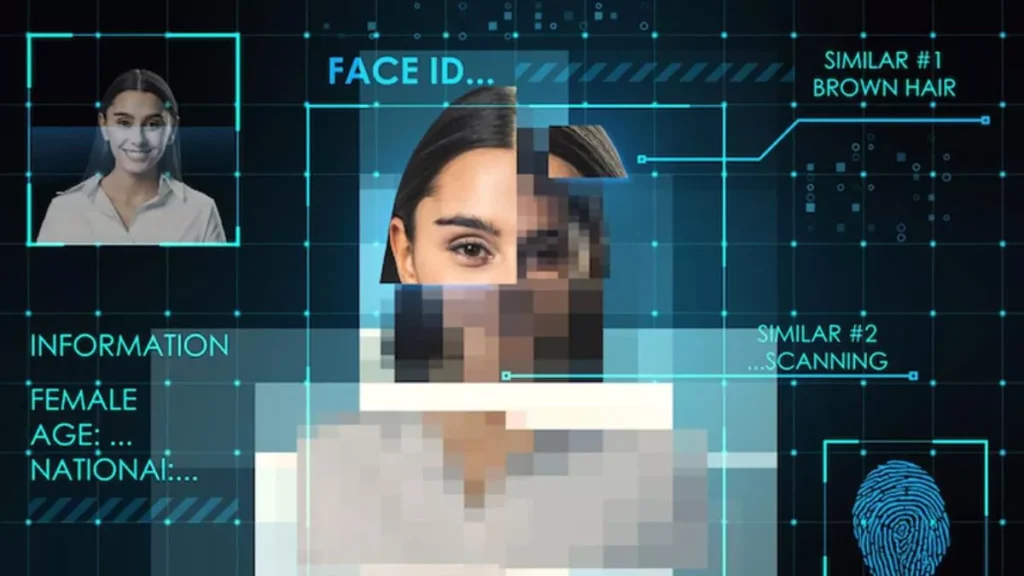
Critical matters of authenticity, cultural sensitivity, economic impact and audience manipulation are emerging as AI-based tools started to gain prominence in the world of art.
There is a need to strengthen media literacy to tackle deepfakes’ deleterious impacts. Media literacy is the most effective tool to combat fake information.
We must all take the responsibility of being critical consumers of online media content and pause and reflect before sharing content on internet.
